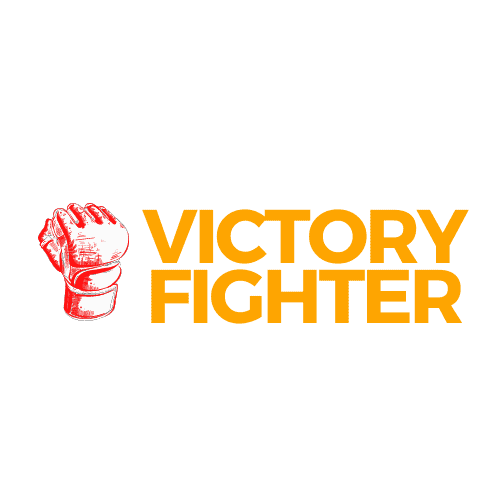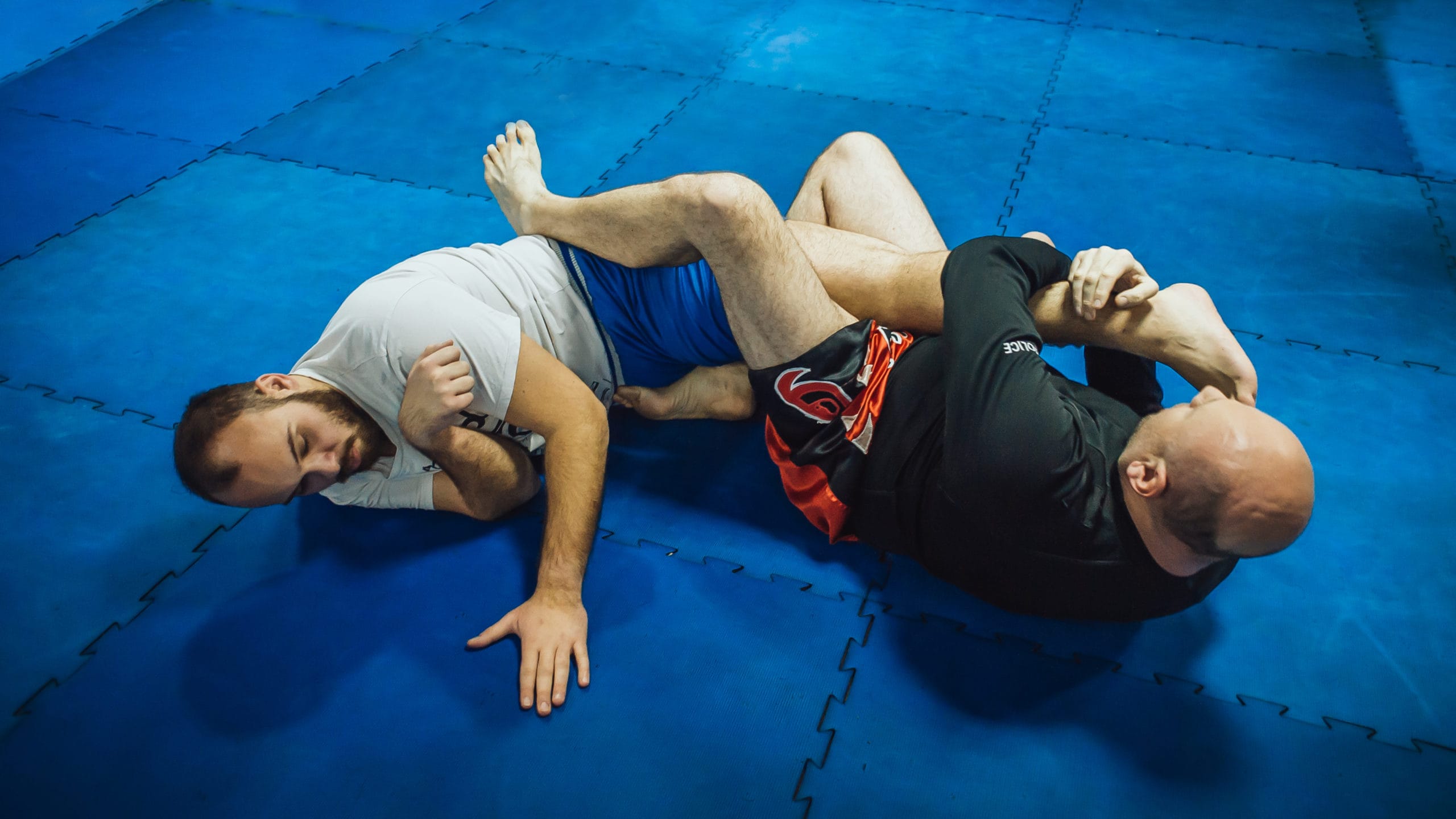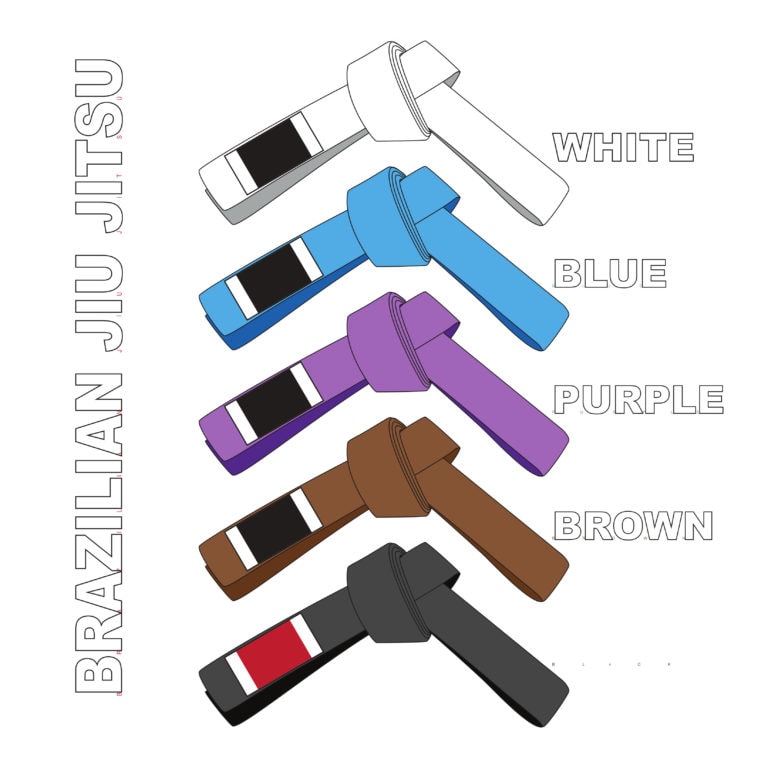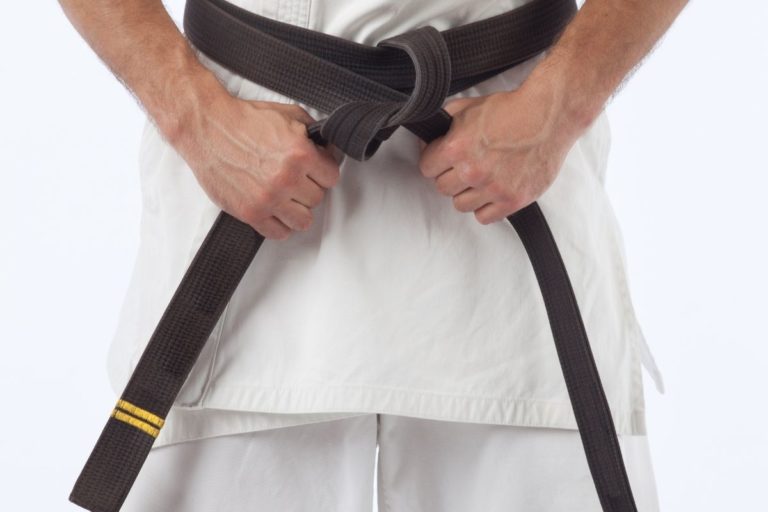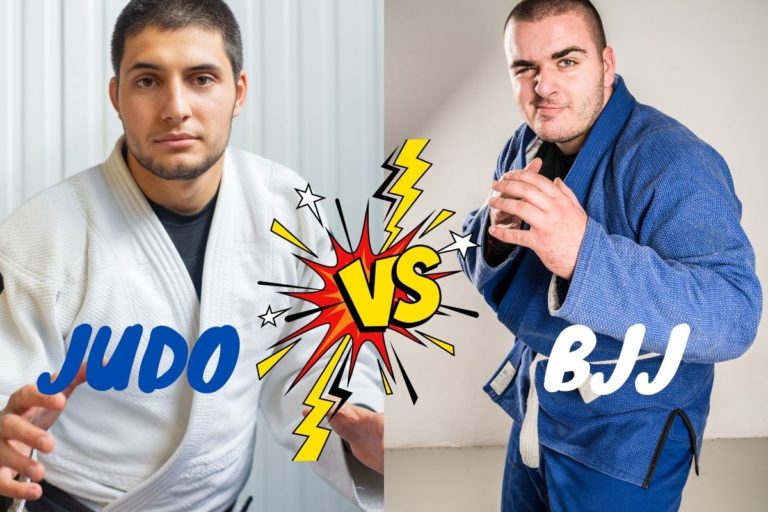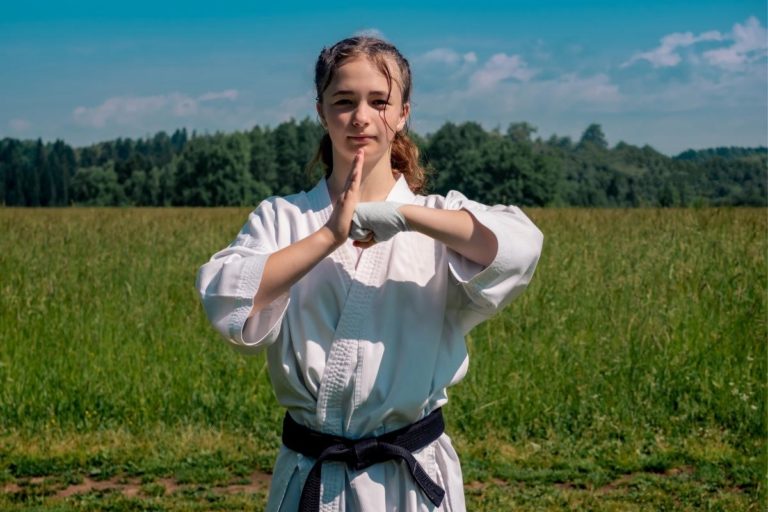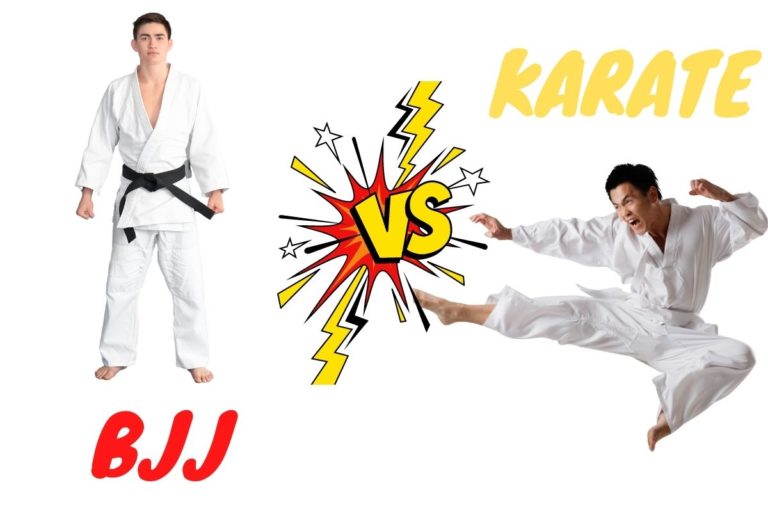What is Knee Reaping in Brazilian Jiu-Jitsu?
BJJ is also known as the “gentle art”, a system that doesn’t include any striking and where relying on sheer power won’t help you much. Still, this doesn’t mean that BJJ does not carry a certain risk of injuries, notably when it comes to moves like the infamous “knee reaping”. But what is knee reaping in BJJ actually?
Knee reaping is a type of leg lock that is still banned in most BJJ competitions, and gyms around the world. It carries a really high risk of injury because it puts a lot of pressure on the knee, and the margin for error is very small. This is the main reason why in most dojos only brown and black belts are allowed to practice this technique.
Keep reading this article to learn more about knee reaping in BJJ and why this technique is so dangerous.
How dangerous is knee reaping in BJJ?
Knee reaping, or any other type of leg lock in general, is very dangerous because the line between tapping out and walking from it and ending on a surgery table is so small. It takes just one wrong move, one second of tapping too late, or just a slight increase in pressure on the knee to cause devastating injuries.
The most common injuries caused by knee reaping are also one of the most severe ones that can put you on the sideline for months or even a year. Like that’s not bad enough, it’s very hard to fully recover from bad knee injuries and these ones often end up having long-term effects.
- ACL/MCCL tear
- Meniscus Tear
Because the margin for error is so small, it is highly recommended for beginners to stay away from leg locks, notably from kneebars, heel hooks and other leg locks because it is so easy to get these ones wrong. In fact, some BJJ gyms have a strict rule where you are not allowed to learn or try to pull leg locks until you reach a brown belt. One famous BJJ figure who shares this opinion is the legend, Jean-Jacques Machado.
Whether or not you are going to get hurt once you get caught into a knee reap still depends on many factors. For sure, if your ego is too high and you try to muscle your way out of it, you are probably going to end up with some type of injury. In some way, your safety is in your hands so be smart and don’t play with fire. Also, people who have weak knees, are not flexible enough, or have had some type of knee injury before are prone to damage it once again.
But overall, knee reaps have a bad reputation and most students know this, which is why they are all extra careful when playing with leg locks. One of the first things they learn is not to pull hard, and to tap as soon as they get caught and never try to twist their way out of it.
Last but not least, knee reaps are brutal, but not the most dangerous submission. In fact, the most frequently injured joint is the elbow. The nasty kimura and armbars are the highest contributors to this type of injury.
Is Knee Reaping legal in BJJ?
This is where the controversy comes into play. In this day and age, and according to the updated IBJJF rules, heel hooks and leg reaping are legal, but only for brown belts and black belts. Due to all the dangers it poses for athletes’ knees, these techniques remain illegal for purple, blue and white belts. But, you are still not allowed to reap a knee the way you would without the rules for example.
Certain variations of knee reaping are illegal and might get you instantly disqualified from a match. For example, once an athlete catches the opponent into a leg lock, they are not allowed to move their feet across the vertical midline of the opponent’s body. They can only place their foot on the vertical line, such as on the hip for example.
But due to the nature of the sport, their leg might “slip” a bit over the vertical midline. This falls into a group of “minor” fouls and in most cases, the referee would pause the action and issue a serious warning or penalty.
The foul that will get you disqualified is if you secure a leg lock, and then move your foot all the way so it completely crosses the vertical midline of the opponent’s body. The referee will disqualify you because, in their eyes, you are intentionally trying to hurt the opponent.
As for the other organizations, knee reaping remains illegal in a lot of organizations. But at the same time, it is also legal in the ones such as ADCC, United World Wrestling, and many No-Gi tournaments.
But is knee reaping legal in BJJ training?
If you move back to the past, traditional BJJ does not include the infamous leg locks due to all the dangers.
In this day and age, many schools embrace leg locks, but only for senior students, but again, this also varies between schools and even countries. Or in other words, it doesn’t mean that the dojo in your area teaches leg locks. In most, leg locks can be utilized only by brown belts and black belts.
Some schools still do not include leg locks at all and you might get kicked out of the school for executing or even trying one. The other school might have a more liberal stance and allow leg locks but only for more experienced students, such as the ones above the blue belt rank. In the end, there are schools, notably the No-Gi variations, where leg locks are completely fine, but of course, as long as both parties are safe.
One thing is for sure, you won’t be playing with heel hooks, ankle locks and knee reaps at the beginning of your BJJ journey. You have to gain some experience on the mats and learn proper techniques, and various other tips and tricks before you can start catching people with leg locks. It’s so easy to get it wrong, and once you do, it usually does not end well.
Most injuries occur because beginners fail to realize how serious the situation is, do not know the exact procedure of escaping, and try to force their way out of it. An ideal recipe for a disaster.
How to escape/defend against knee reaping in BJJ?
Knee reaping is an intimidating technique, but at the same time, there is a way you can defend against it or escape, even when you get caught. However, there are two major problems. First, it is very difficult to escape from a well-placed leg lock. Second, it is very dangerous because, unlike other chokes, or joint locks, this one is unforgiving and it does not give you much space for making mistakes. The risk of an injury (notably to the ligaments) increases as soon as you start fighting your way out of it because this will only increase the pressure on the knee no matter what you do.
The first thing you need to do is to go with it and turn with the pressure, which will decrease the pressure on the MCL, and help you free your knee. Next, place both of your hands on the mat, and your other leg on the opponent’s butt/leg, and “kick” your way out to escape from the position.
The key is to release the pressure first so do not try to push your way out until your knee is free. This is just a brief explanation of one variation and you will learn a lot more in training.
Is knee reaping worth learning?
In the end, knee reaping is a highly practical technique that gives you a big advantage in any grappling or freestyle combat scenario. Though dangerous, you need to develop strong leg locking skills to become a complete grappler, and that’s why most schools nowadays include these techniques at senior levels.
The other thing is, leg locks are slowly becoming legal in most organizations worldwide, so you need to learn those if you want to compete. Last but not least, leg locks and knee reaping are a very effective weapon in MMA fighting. If you are planning to switch over to cage fighting at some point on your BJJ journey, be sure to develop a solid leg locking game before that.
What are the most common knee injuries in BJJ?
BJJ training is hard on your knees and there is not a single black belt out there who hasn’t had, at least a minor problem with their knees in their grappling career. Knees are sensitive joints that easily get damaged under pressure or when put in awkward positions. As far as BJJ is concerned, most knee injuries happen when the external force is twisting and bending the knee.
Human knees can only move forward and backward, it is not designed to move left and right and this lack of flexibility is what causes most injuries like:
- Sprains of the ligaments (ACL, MCL, PCL, and LCL)
- Meniscus tears
- Knee dislocation
- Patella dislocation
